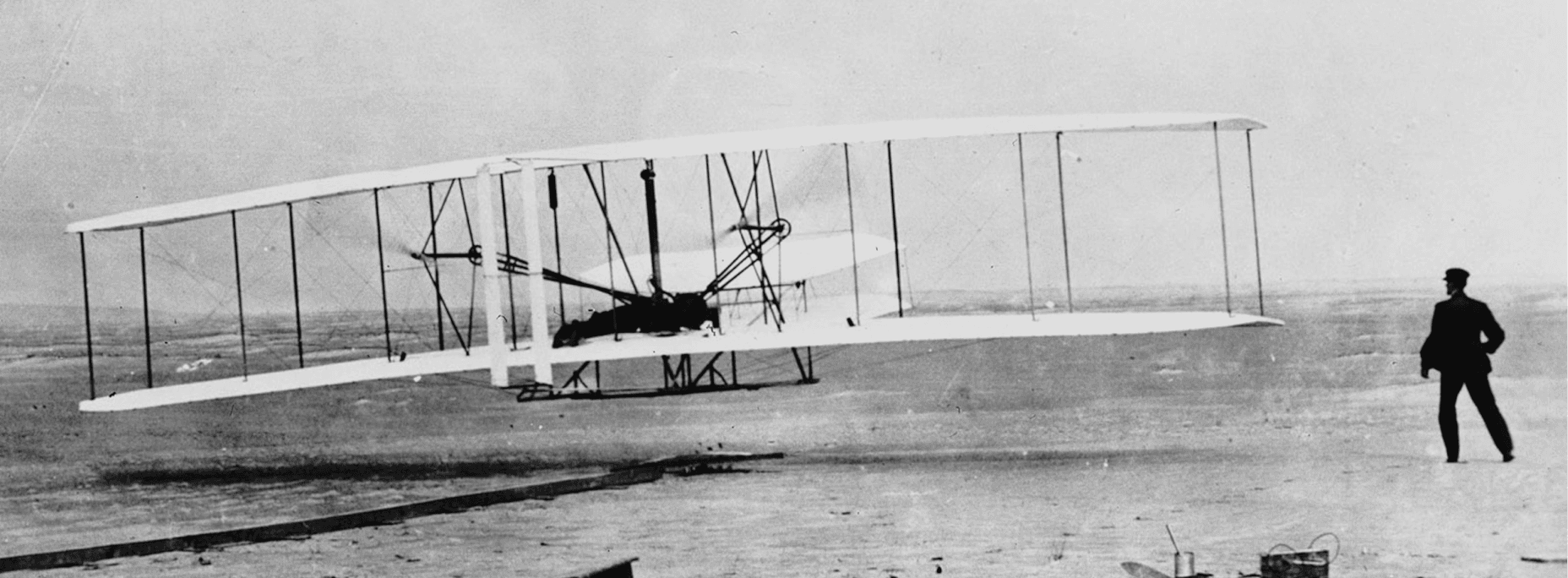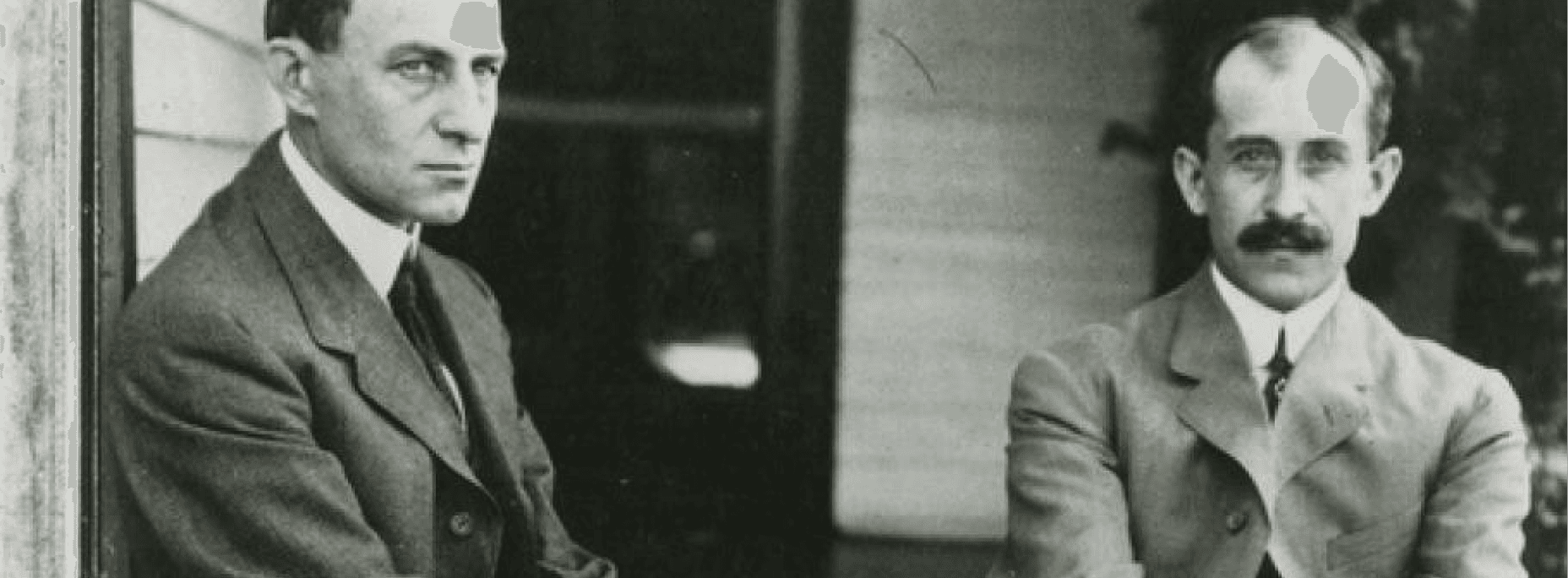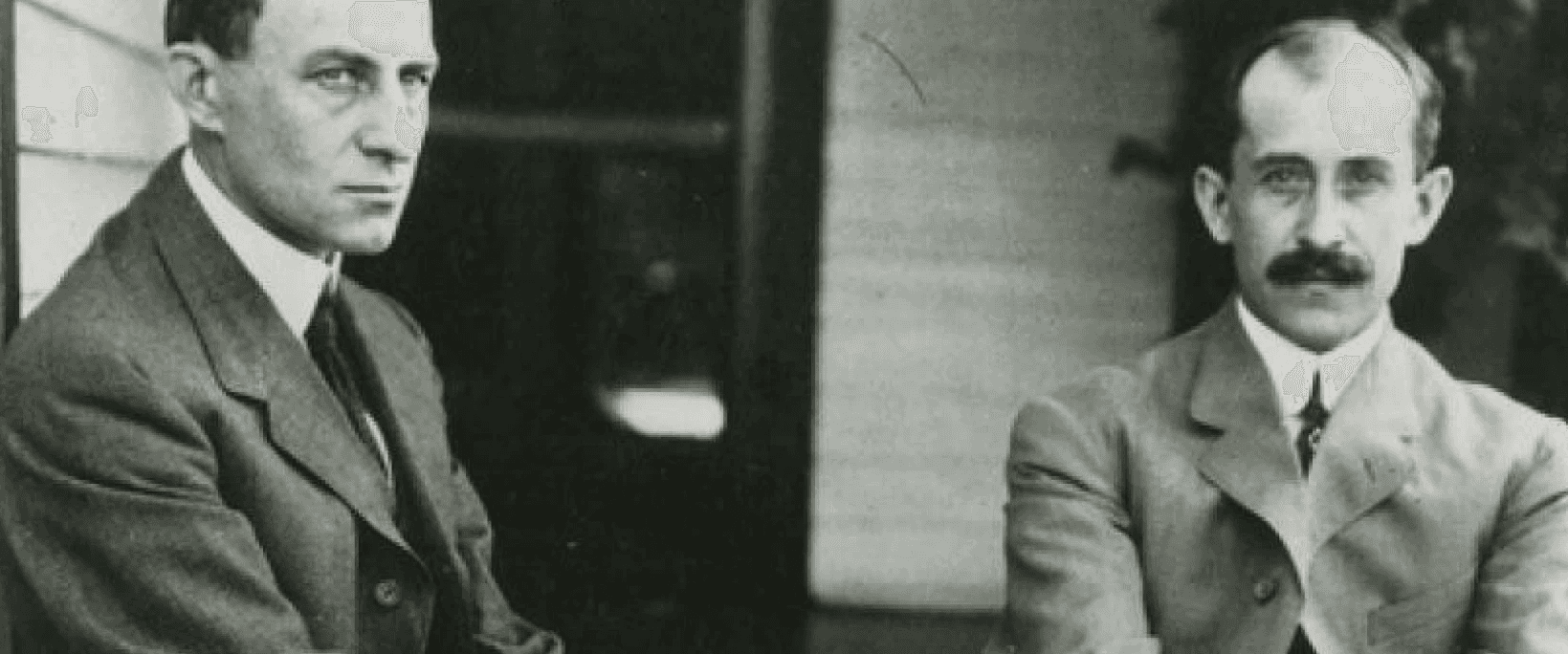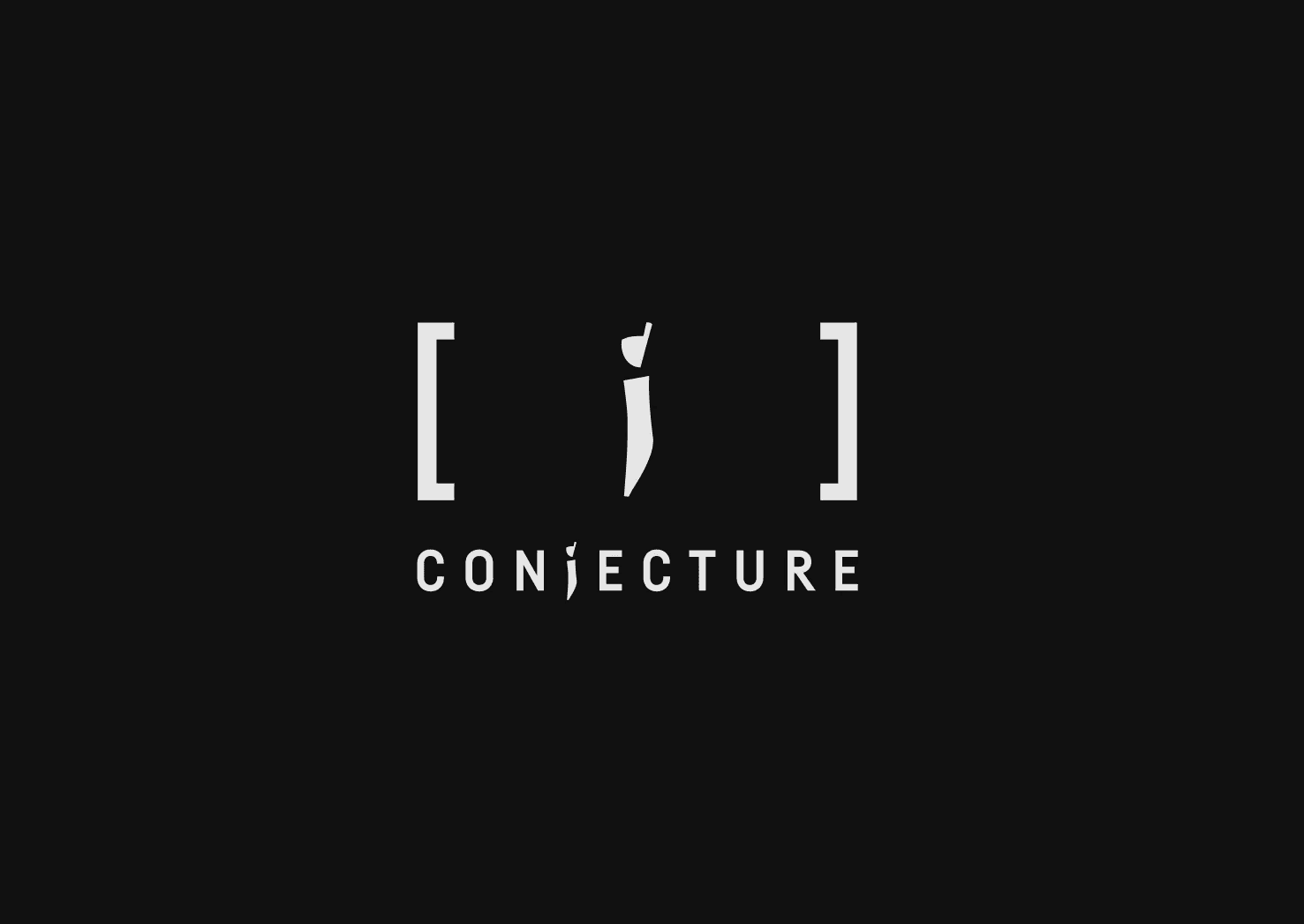Our Story
Our Story
Our Story




Our History
Our History
Our History
Conjecture was founded in March 2022 by Connor Leahy, Sid Black, and Gabriel Alfour. Conjecture was born out of EleutherAI, also co-founded by Connor and Sid in 2020. One of the earliest and most successful open-source LLM communities, EleutherAI was responsible for developing, among many other things, GPT-J and GPT-NeoX, the largest OS LLM releases at the time.
Conjecture was founded in March 2022 by Connor Leahy, Sid Black, and Gabriel Alfour. Conjecture was born out of EleutherAI, also co-founded by Connor and Sid in 2020. One of the earliest and most successful open-source LLM communities, EleutherAI was responsible for developing, among many other things, GPT-J and GPT-NeoX, the largest OS LLM releases at the time.
Conjecture was founded in March 2022 by Connor Leahy, Sid Black, and Gabriel Alfour. Conjecture was born out of EleutherAI, also co-founded by Connor and Sid in 2020. One of the earliest and most successful open-source LLM communities, EleutherAI was responsible for developing, among many other things, GPT-J and GPT-NeoX, the largest OS LLM releases at the time.
EleutherAI was also a home for early discussions on the risks of LLM-based advanced AI systems. We have always believed that the core problem of advanced AI is the control problem, and this is what we set out to solve when founding Conjecture.
EleutherAI was also a home for early discussions on the risks of LLM-based advanced AI systems. We have always believed that the core problem of advanced AI is the control problem, and this is what we set out to solve when founding Conjecture.
EleutherAI was also a home for early discussions on the risks of LLM-based advanced AI systems. We have always believed that the core problem of advanced AI is the control problem, and this is what we set out to solve when founding Conjecture.
Today, Conjecture has a dedicated team of researchers and engineers working on current state of the art AI, building both our suite of state of the art LLMs and our vision of Cognitive Emulation atop this foundation. We are building the infrastructure that allows us to build scalable, auditable, controllable AI systems, and work to enable our customers to benefit from this new paradigm.
Today, Conjecture has a dedicated team of researchers and engineers working on current state of the art AI, building both our suite of state of the art LLMs and our vision of Cognitive Emulation atop this foundation. We are building the infrastructure that allows us to build scalable, auditable, controllable AI systems, and work to enable our customers to benefit from this new paradigm.
Today, Conjecture has a dedicated team of researchers and engineers working on current state of the art AI, building both our suite of state of the art LLMs and our vision of Cognitive Emulation atop this foundation. We are building the infrastructure that allows us to build scalable, auditable, controllable AI systems, and work to enable our customers to benefit from this new paradigm.




The Control Problem
The Control Problem
The Control Problem
Few stories of great invention are better known than the story of the Wright brothers’ quest for flight. At that time, the Wright brothers were competing to build aircraft with a number of other inventors, but they had one distinct advantage that put them ahead. What the Wright brothers understood was that the true difficulty in getting to self powered human flight was the danger to the pilot during testing, or in other words, the control problem.
Few stories of great invention are better known than the story of the Wright brothers’ quest for flight. At that time, the Wright brothers were competing to build aircraft with a number of other inventors, but they had one distinct advantage that put them ahead. What the Wright brothers understood was that the true difficulty in getting to self powered human flight was the danger to the pilot during testing, or in other words, the control problem.
Few stories of great invention are better known than the story of the Wright brothers’ quest for flight. At that time, the Wright brothers were competing to build aircraft with a number of other inventors, but they had one distinct advantage that put them ahead. What the Wright brothers understood was that the true difficulty in getting to self powered human flight was the danger to the pilot during testing, or in other words, the control problem.
In a letter, Wilbur Wright wrote:
In a letter, Wilbur Wright wrote:
In a letter, Wilbur Wright wrote:
“When once a machine is under proper control under all conditions, the motor problem will be quickly solved. A failure of a motor will then mean simply a slow descent and safe landing instead of a disastrous fall.”
“When once a machine is under proper control under all conditions, the motor problem will be quickly solved. A failure of a motor will then mean simply a slow descent and safe landing instead of a disastrous fall.”
“When once a machine is under proper control under all conditions, the motor problem will be quickly solved. A failure of a motor will then mean simply a slow descent and safe landing instead of a disastrous fall.”
Wilbur’s insight was that after designing a safe glider that will fail gracefully and non-lethally, in all conditions, the problem of building a lightweight and powerful enough engine is almost a trivial afterthought. The actual problem to be solved is one of safety and control.
Wilbur’s insight was that after designing a safe glider that will fail gracefully and non-lethally, in all conditions, the problem of building a lightweight and powerful enough engine is almost a trivial afterthought. The actual problem to be solved is one of safety and control.
Wilbur’s insight was that after designing a safe glider that will fail gracefully and non-lethally, in all conditions, the problem of building a lightweight and powerful enough engine is almost a trivial afterthought. The actual problem to be solved is one of safety and control.




We’re building ‘airplanes’ not ‘engines’
We’re building ‘airplanes’ not ‘engines’
We’re building ‘airplanes’ not ‘engines’
History today remembers the Wright brothers because this approach made them win, and laid the groundwork for us all to enjoy extraordinarily safe and reliable air travel. While other inventors neglected the fundamental questions of airborne control and non-lethal crash landing (many brilliant competitors dying tragically while testing their own creations as a result), the Wright brothers’ gliders created a safe architecture around the engine, and enabled iterative improvements.
History today remembers the Wright brothers because this approach made them win, and laid the groundwork for us all to enjoy extraordinarily safe and reliable air travel. While other inventors neglected the fundamental questions of airborne control and non-lethal crash landing (many brilliant competitors dying tragically while testing their own creations as a result), the Wright brothers’ gliders created a safe architecture around the engine, and enabled iterative improvements.
History today remembers the Wright brothers because this approach made them win, and laid the groundwork for us all to enjoy extraordinarily safe and reliable air travel. While other inventors neglected the fundamental questions of airborne control and non-lethal crash landing (many brilliant competitors dying tragically while testing their own creations as a result), the Wright brothers’ gliders created a safe architecture around the engine, and enabled iterative improvements.
AI safety needs to be approached in the same way. LLMs are powerful engines, but they are just that, not a “safe glider.” An engine alone may be able to achieve takeoff, but it is not a reliable way of ensuring a safe landing or travel to one’s destination.
AI safety needs to be approached in the same way. LLMs are powerful engines, but they are just that, not a “safe glider.” An engine alone may be able to achieve takeoff, but it is not a reliable way of ensuring a safe landing or travel to one’s destination.
AI safety needs to be approached in the same way. LLMs are powerful engines, but they are just that, not a “safe glider.” An engine alone may be able to achieve takeoff, but it is not a reliable way of ensuring a safe landing or travel to one’s destination.
At Conjecture, we are in the business of building “airplanes”, not “engines.” (Though we make the necessary LLM “engines” as well!) We build systems that give us the control needed to enjoy the benefits of powerful LLMs while avoiding the potentially catastrophic downsides.
At Conjecture, we are in the business of building “airplanes”, not “engines.” (Though we make the necessary LLM “engines” as well!) We build systems that give us the control needed to enjoy the benefits of powerful LLMs while avoiding the potentially catastrophic downsides.
At Conjecture, we are in the business of building “airplanes”, not “engines.” (Though we make the necessary LLM “engines” as well!) We build systems that give us the control needed to enjoy the benefits of powerful LLMs while avoiding the potentially catastrophic downsides.
At Conjecture, our Cognitive Emulation approach is our roadmap towards exactly such an AI “airplane”. You can read more about our plan on our Research page. This approach lines up well with demands from users and enterprises who continue to look for models that act in predictable ways, a problem we solve with CoEm systems.
At Conjecture, our Cognitive Emulation approach is our roadmap towards exactly such an AI “airplane”. You can read more about our plan on our Research page. This approach lines up well with demands from users and enterprises who continue to look for models that act in predictable ways, a problem we solve with CoEm systems.
At Conjecture, our Cognitive Emulation approach is our roadmap towards exactly such an AI “airplane”. You can read more about our plan on our Research page. This approach lines up well with demands from users and enterprises who continue to look for models that act in predictable ways, a problem we solve with CoEm systems.
Let's Talk
Let's Talk
Let's Talk
Are you as excited as we are to build the future of AI takeoff and landing?
Are you as excited as we are to build the future of AI takeoff and landing?
Are you as excited as we are to build the future of AI takeoff and landing?
Join Us In Building
Safer AI
Latest Articles




Dec 2, 2024
Conjecture: A Roadmap for Cognitive Software and A Humanist Future of AI
Conjecture: A Roadmap for Cognitive Software and A Humanist Future of AI
An overview of Conjecture's approach to "Cognitive Software," and our build path towards a good future.




Feb 24, 2024
Christiano (ARC) and GA (Conjecture) Discuss Alignment Cruxes
Christiano (ARC) and GA (Conjecture) Discuss Alignment Cruxes
The following are the summary and transcript of a discussion between Paul Christiano (ARC) and Gabriel Alfour, hereafter GA (Conjecture), which took place on December 11, 2022 on Slack. It was held as part of a series of discussions between Conjecture and people from other organizations in the AGI and alignment field. See our retrospective on the Discussions for more information about the project and the format.




Feb 15, 2024
Conjecture: 2 Years
Conjecture: 2 Years
It has been 2 years since a group of hackers and idealists from across the globe gathered into a tiny, oxygen-deprived coworking space in downtown London with one goal in mind: Make the future go well, for everybody. And so, Conjecture was born.
Sign up to receive our newsletter and
updates on products and services.
Sign up to receive our newsletter and updates on products and services.
Sign up to receive our newsletter and updates on products and services.